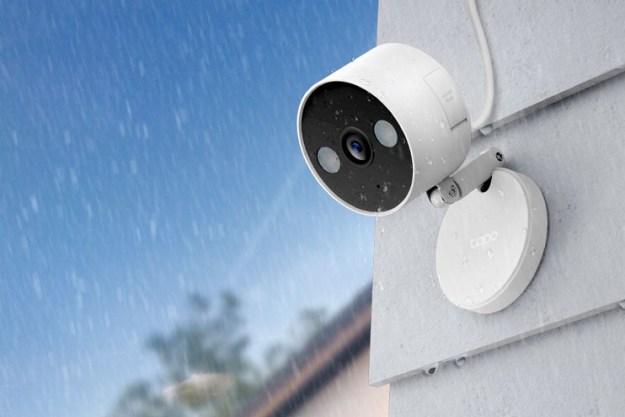It might give you a warm and fuzzy feeling to think that your car cares about you, remembers little things, and generally keeps tabs on you. Out of a sense of attachment, even fondness.
But that’s not quite how it works. About two thirds of vehicles sold today include so-called “black box” technology—more properly, Event Data Recorders—which stores recent data about the vehicle’s speed, braking, air bag deployment, engine speed, and/or other actions and conditions. These data can be useful to law enforcement, emergency responders, safety regulators, and auto makers, giving them precise mechanical data about a car’s operating state in the seconds leading up to a crash, failure, or other event. Some have argued that recorders ought to be mandatory equipment in all new cars. However, privacy experts have levied criticism at the recorders, arguing consumer rights are not adequately protected, and the data recorded in the systems could easily be abused or manipulated by law enforcement, insurance companies, in legal proceedings, and in other instances.
In an announcement Monday, the National Highway Traffic Safety Administration has declined to make the recording devices mandatory, but has ruled that automakers must disclose the presence of data recording technology in new vehicles to consumers. The ruling also standardizes the data all manufacturers will be required to collect in the data recorders.
How are auto companies required to disclose this information? Putting a note in the owners’ manual.
Privacy advocates argue the ruling basically sidesteps privacy concerns about the data recorders, arguing a notice in little-used owners manuals does not amount to adequate disclosure, and in no way prevents the information from being misused once downloaded from a recorder. The auto industry and the NHTSA, conversely, maintains that the data is private and cannot be be downloaded without permission of the vehicle owner (although, refusing to permit download may be seen as an implicit admission of guilt, much like refusing alcohol breath analysis), and that the proper place to address privacy concerns is actually in the courts and Congress, not with the NTSA.
The new rule is scheduled to go into effect for vehicles produced for the 2011 model year.


